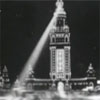More On Tartaria: A Missing Legacy
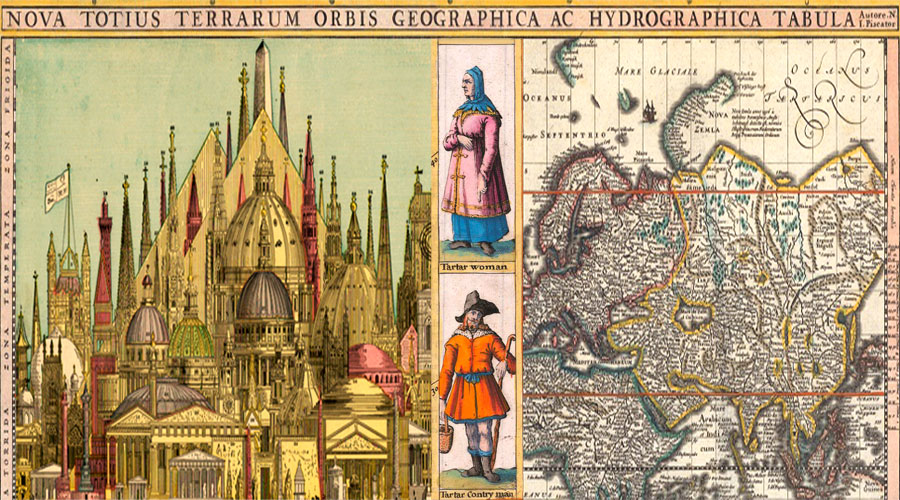 Similar Style Buildings Exist All Over On Every Continent
Similar Style Buildings Exist All Over On Every Continent
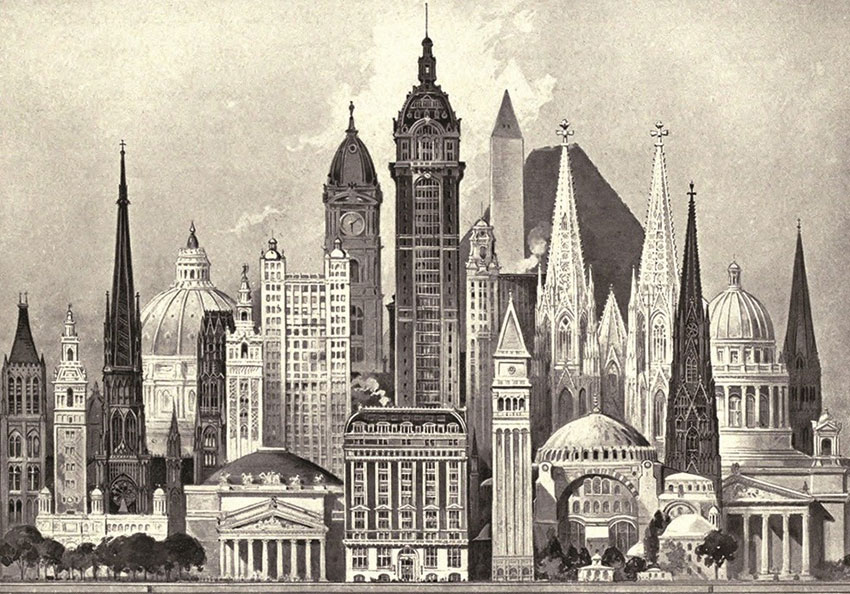 Aesthetic and style preferences aside, the general architectural components are the same, i.e. elaborate roof cresting, copper domes topped with tall gold finials or large gold statues, multiple pinnacles, pillars and loggias on multiple levels, massive stonework, etc. Everything is grand! And they’re everywhere… all around the world. Were they built by our civilization?
Aesthetic and style preferences aside, the general architectural components are the same, i.e. elaborate roof cresting, copper domes topped with tall gold finials or large gold statues, multiple pinnacles, pillars and loggias on multiple levels, massive stonework, etc. Everything is grand! And they’re everywhere… all around the world. Were they built by our civilization?
For the most part we are very much used to seeing these buildings here and there all over the world. If it’s a city or town with some history under its belt, it will have one or two of the above structures; some will have more. They all look beautiful, with elaborate details and elegant precision. Some of these buildings have individuality, and some look similar to “that other building in Europe.” And Europe is where, supposedly, these architectural styles were born. At least that’s what we were taught to think. This is our conventional wisdom ingrained into our understanding of this world. There were tons of different names created to describe these buildings: Ancient Roman, Gothic, Renaissance, Baroque, Neoclassical, and etc. For the full list of those styles Wikipedia is your destination. But there is one thing in common between all those buildings, and normally it sounds like this, “They do not build like this any more.” And “they” do not.
Of course, some of our construction companies are capable of building such detailed structures. Renovation and restoration orders have to be fulfilled, after all. But cost effectiveness is probably the key here. This is a very reasonable, and prone to our understanding explanation. Especially when you consider that some of the floor plans included 13-16 foot ceilings, and similar size doors.
Seeing these old buildings we rarely think about architectural work put into designing them. And obviously, there was no computer-aided design programs back in the day. It was a drawing board, a pencil, and an eraser. We do not think about those builders of the old, not having any building and construction equipment of today. Granted, at some point, a railroad was introduced, and some of those buildings were constructed not far from a body of water. At the same time, quite a few were built with no luxury of railroads and ports. Do we wonder who made thousands of windows in the 18th (17th, 19th) century, or where mountains of bricks (block shaped stones) came from. Where roofing materials came from, or who sculptured those stairwell posts making them 100% identical? Wondering – an observer might spend a moment thinking about all those things. Most people will not.
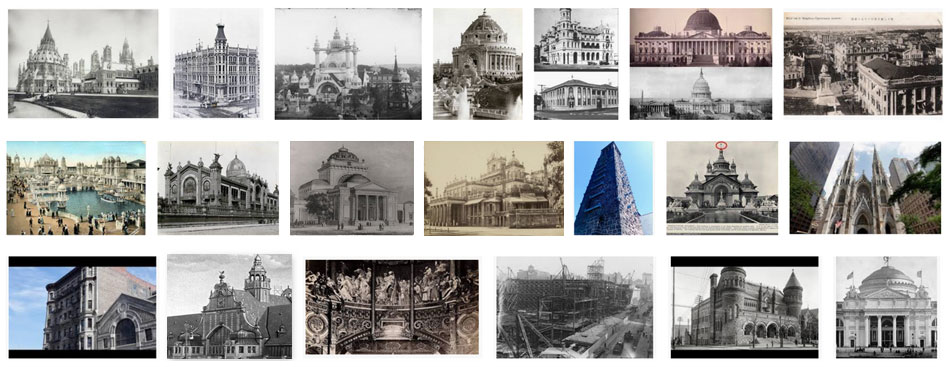 After all, who cares? These buildings exist, meaning that someone was able to build them. Indoctrinated science does not find anything strange there. Why should they? It does not matter whether we have a single clue as to how it was done, and what infrastructure supported the process. Seeing that “around the corner” apartment complex, or a freeway “flyover” being built for two-three years straight is normal for us. Yet we never wonder how those, way less educated and equipped individuals, were able to build hundreds of multistory brick and stone buildings in a blink of an eye. “Construction boom” was the name.
After all, who cares? These buildings exist, meaning that someone was able to build them. Indoctrinated science does not find anything strange there. Why should they? It does not matter whether we have a single clue as to how it was done, and what infrastructure supported the process. Seeing that “around the corner” apartment complex, or a freeway “flyover” being built for two-three years straight is normal for us. Yet we never wonder how those, way less educated and equipped individuals, were able to build hundreds of multistory brick and stone buildings in a blink of an eye. “Construction boom” was the name.
And last but not least are the so-called human resources. Below is an example list of the construction related positions of today. Clearly not all of those positions were required back in the day. At the same time this list does not represent all the positions required to build a complex structure. This is just to get the point across.
Apprentice
Assistant Project Manager
Building Inspector
Carpenter
Civil Engineer
Concrete Laborers
Construction Assistant
Construction Coordinator
Construction Engineer
Construction Foreman
Construction Manager
Construction Superintendent
Construction Supervisor
Construction Worker
Contract Administrator
Contract Manager
Crane Operator
Dry Wall Finisher
Dry Wall Installer
Estimator
Electrician
Equipment Operator
Field Engineer
Framing Carpenter
General Laborer
Inspector
Iron Worker
Joiner
Laborer
Master Electrician
Master Plumber
Painter
Pipe Fitter
Planner
Plumber
Purchasing Coordinator
Project Assistant
Project Manager
Roofer
Safety Director
Safety Manager
Scheduler
Signal Worker
Site Manager
Superintendent
Surveyor
Welder
In other words, it is impossible to build anything of that magnitude without infrastructure, and trained, skilled construction workers of various positions. Europe clearly had a century or two head start on the rest of the world. But the so-called Colonial Expansion produced such ridiculous amounts of these buildings, I struggle to find any conventional explanation. Tens of thousands of similar style buildings popped up all over the world within a very short period of time. Very often in places where any thought of an appropriate infrastructure would be ludicrous. The Industrial Revolution did not fully kick in until 1830s-1840s, according to Eric Hobsbawm. Europe’s Colonial Expansion (1820-1939) is being described as follows:
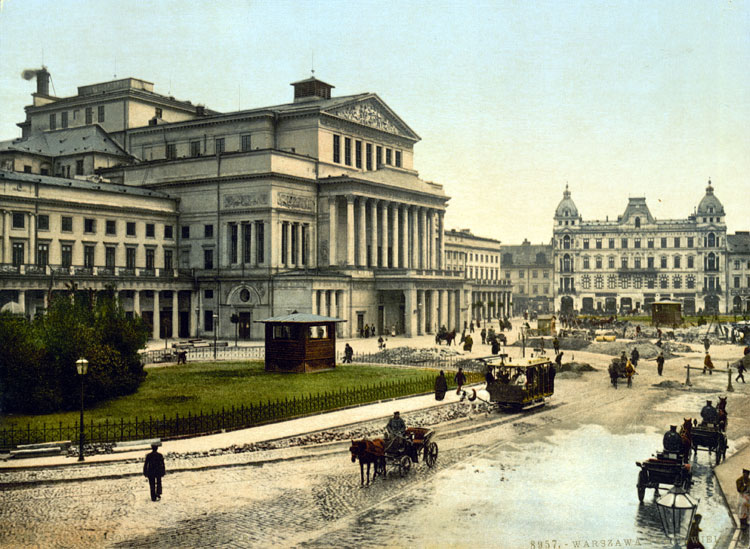 European countries began exploring and seeking to dominate the rest of the world during the 15th and 16th centuries, thanks to their ability to control sea routes and to the discovery of the American continent. In the 19th century, energized by the industrial revolution and under pressure from a rapidly growing population, Europe launched a new period of colonial expansion, inspired by the discovery of new markets, new areas for the settlement of Europe’s poor migrants, and the desire to “civilize the barbarian nations”.
European countries began exploring and seeking to dominate the rest of the world during the 15th and 16th centuries, thanks to their ability to control sea routes and to the discovery of the American continent. In the 19th century, energized by the industrial revolution and under pressure from a rapidly growing population, Europe launched a new period of colonial expansion, inspired by the discovery of new markets, new areas for the settlement of Europe’s poor migrants, and the desire to “civilize the barbarian nations”.
One additional thing to consider is that the World Population in 1900 was 78% less than it is today, and I assume not everyone was a construction worker.
Most of the time, our opinion about the past is based on the books, and movies, and not on facts. For example the period of the Wild West in the USA was from 1865 – 1895. And this period probably looks like this for some:
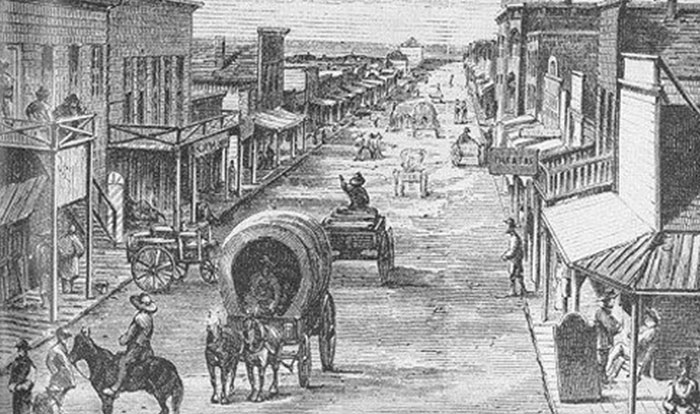 Below, you will find similar architectural style buildings from many different countries of the world, and from all the continents (besides Antarctica.) All of these buildings are absolute masterpieces of architectural style, design, and implementation. History assigned architects for most of them, but you will not find any concrete proof of any sort of construction for approximately 99% of these buildings. Some of those buildings still exist today. The majority of them do not. A good portion was deliberately destroyed in so-called Urban Fires and Earthquakes. But all of those buildings appear to share the same architectural school.
Below, you will find similar architectural style buildings from many different countries of the world, and from all the continents (besides Antarctica.) All of these buildings are absolute masterpieces of architectural style, design, and implementation. History assigned architects for most of them, but you will not find any concrete proof of any sort of construction for approximately 99% of these buildings. Some of those buildings still exist today. The majority of them do not. A good portion was deliberately destroyed in so-called Urban Fires and Earthquakes. But all of those buildings appear to share the same architectural school.
I believe, as recently as 150-200 years ago there was a one World Union with no countries. It was a civilization whose technical development was similar to that of ours. I am not saying that it was good or bad. I merely state that in the 19th century the entire world was fighting, while it would have to be building to get all the buildings and cities delivered. I do believe that current political systems of the world conquered and destroyed the previous one. In the process billions of people were killed. These buildings we see all over the world are the remnants of that previous civilization. (I am still working on this concept. I believe something catastrophic happened twice: once in the 18th, and once in the 19th century. I also believe that the Timelines of World History, as well as the World History itself were intentionally altered. Meaning to the point where it is impossible to say what happened or when it happened.) Who was the coordinator?
Same Type Buildings All Over The World






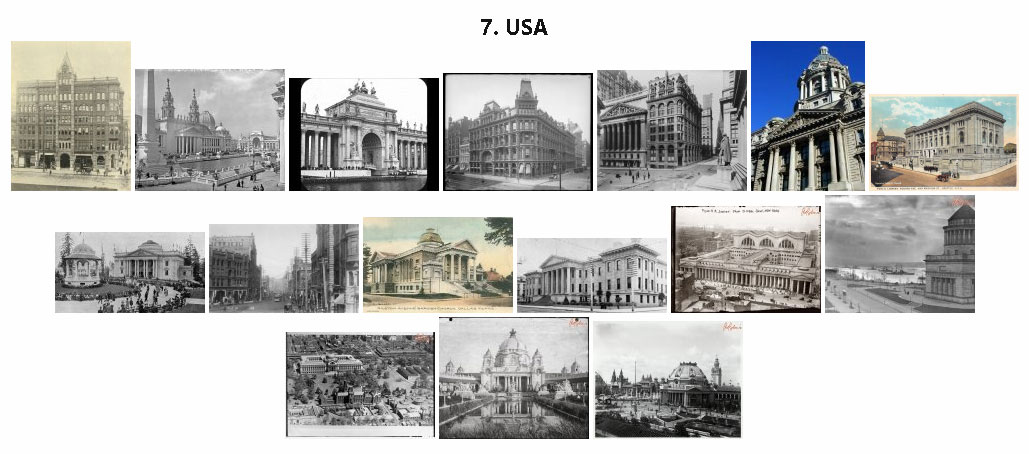




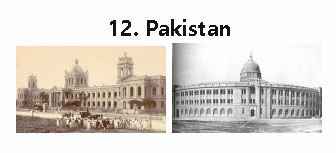

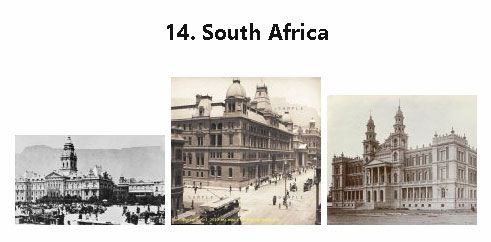




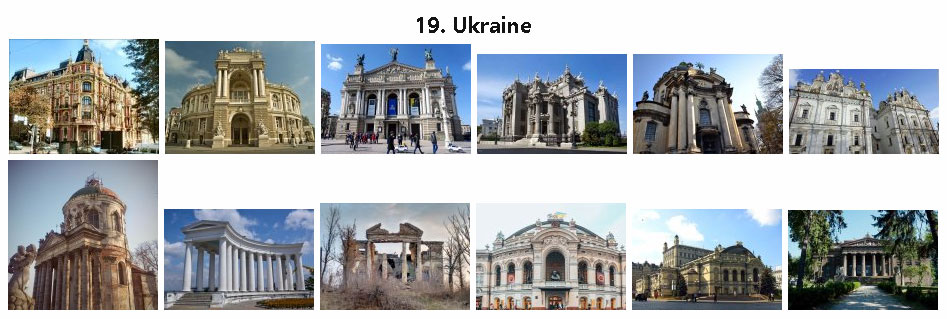



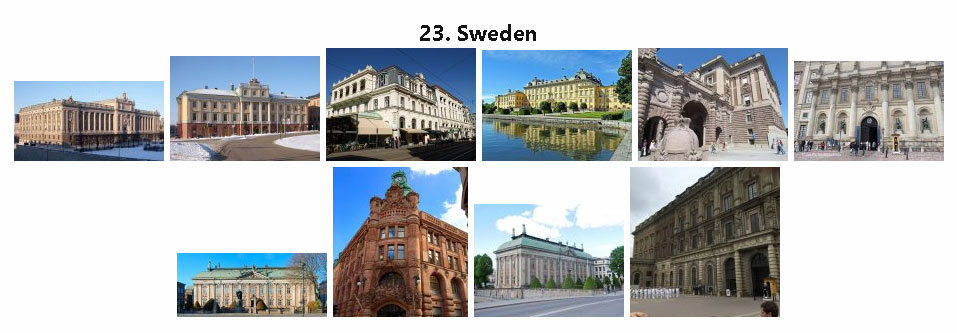



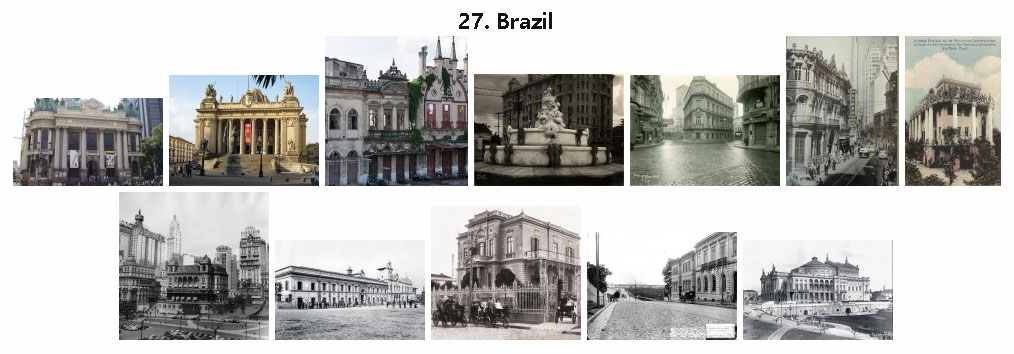

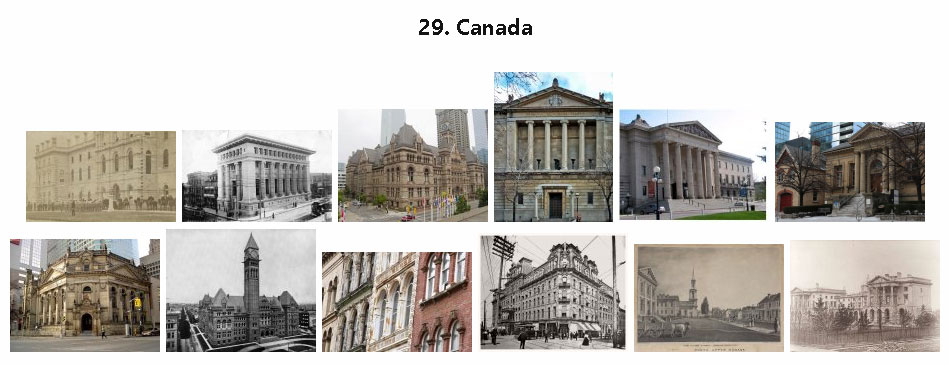
 This list could go on and on. It is obvious that these buildings are all over the world. Makes me wonder about the true origins of Ancient Greece and Rome now.
This list could go on and on. It is obvious that these buildings are all over the world. Makes me wonder about the true origins of Ancient Greece and Rome now.
Posted in Other Topics, True History of Manwith comments disabled.



